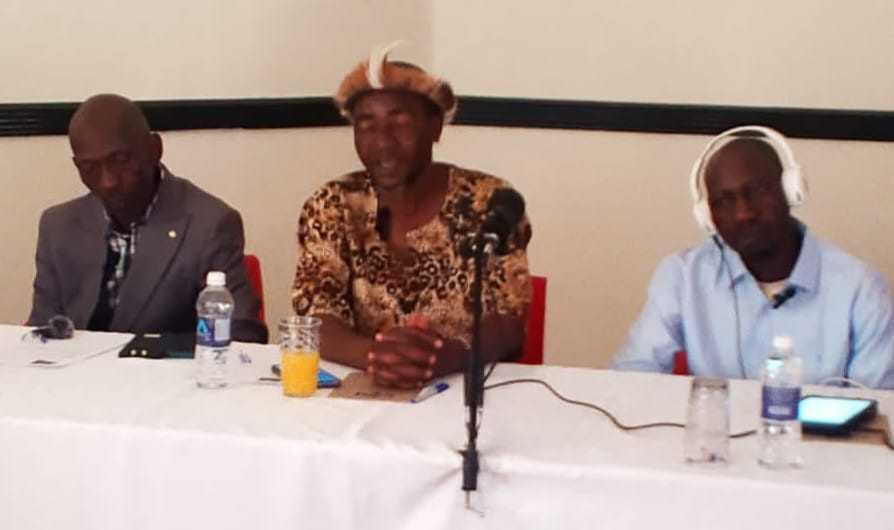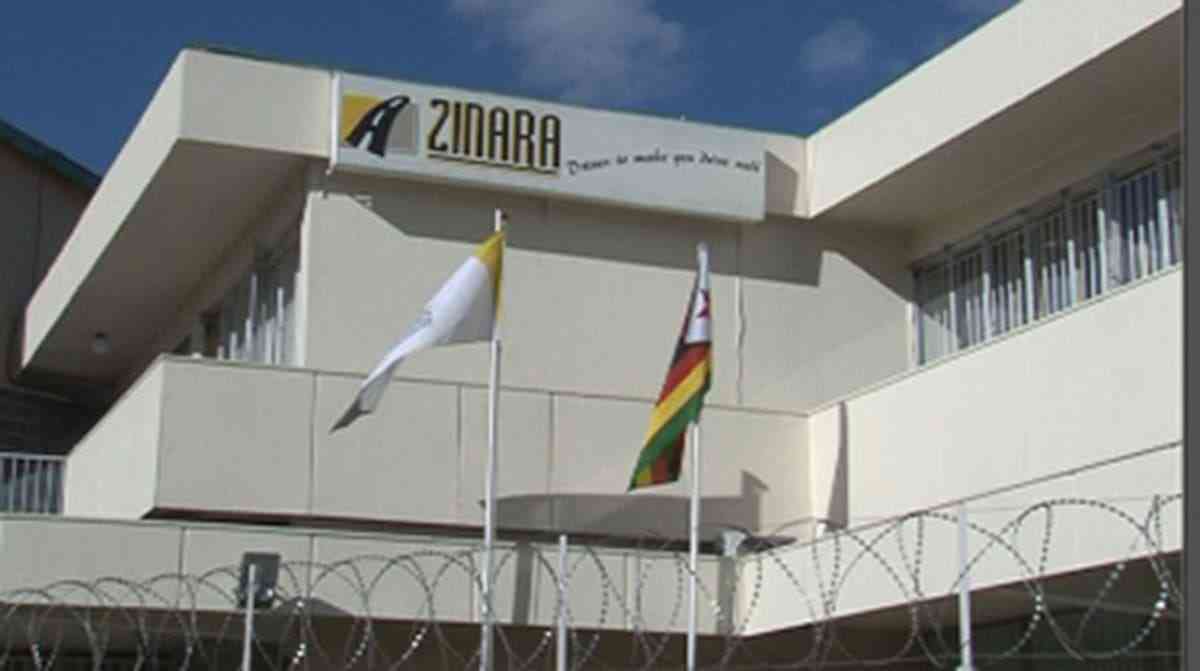
BY LIZWE SEBATHA
To villagers of Domboshava in Matobo district, a proposed gold mining operation in their area should not be allowed to take off, at whatever cost, as they fear being evicted from their ancestral lands.
But to the Mazinahue mining syndicate that has been given a prospecting gold mining licence in Domboshava, the villagers are misinformed, their fears are unfounded and they risk losing out on jobs and development.
The area is also located within Matobo Hills Heritage Site, the villagers say.
Not true, the mining syndicate argues otherwise, as it pushes to resume mining operations.
It is a desperate fight that both parties concerned do not want to lose.
“The area is not in anyone’s homestead or field. We chose the area because it has gold deposits and can benefit the surrounding community,” said Artwell Sibanda, speaking on behalf of the mining syndicate.
“The area is a disused field that no one cared about.”
- Chamisa under fire over US$120K donation
- Mavhunga puts DeMbare into Chibuku quarterfinals
- Pension funds bet on Cabora Bassa oilfields
- Councils defy govt fire tender directive
Keep Reading
It all started in September 2020 when the Mazinahue mining syndicate arrived in the area ‘unannounced’ with various types of machinery to kick-start their gold mining operations, resulting in running battles.
The incident drew angry reactions from both parties whilst also drawing the attention of various government departments such as the Mines and Mining Development ministry, traditional leaders and other stakeholders.
In the end, it was resolved that no mining operations would take place at the World Heritage Site.
However, the mining syndicate returned mid-May to kick-start gold mining operations armed with a prospecting licence from the Mines ministry, a development that has angered the community.
“No one is being robbed of anything but instead the community stands to benefit from the mining operations as we have plans to restore electricity supplies to Whitewater’s Secondary School, drill three boreholes for the area that has perennial water shortages as part of our social responsibility programs,” Sibanda added
An investigation by The Citizen Bulletin, however, uncovered that the Mines and Mining Development ministry made a blunder in allocating the Domboshava gold prospecting licence to the company.
“In allocating the licence, the ministry was not aware that the area is a World Heritage Site,” says Khumbulani Mlangeni, Matabeleland South Mines commissioner.
“We were made aware after we had already allocated the company the gold prospecting licence.
“ We have engaged the company to make them aware of such.”
Outspoken Chief Mathema argued that the confusion regarding the Domboshava gold mining venture could have been avoided if traditional leaders were not side-lined in the allocation of land for mining or agricultural purposes.
“Villagers also have to be engaged if any agricultural or mining venture is to take place as ultimately, the people are the owners of that land,” Mathema said.
“Chiefs must be informed, and need to be involved directly as the entry point for any mining ventures in their communities of jurisdiction.
“You can’t carry a project of such a huge magnitude without engaging the chiefs and the people.”
“It is a recipe for chaos and failure.”
In September 2020, anti-riot police reportedly bashed community members in Domboshava Village as punishment for ganging up to evict miners, a case that was documented by several human rights groups such as the Heal Zimbabwe Trust.
“This is the reason why villagers are living in fear, and banking on the chiefs and other stakeholders to resist this mining venture,” said Simson Moyo (not his real name).
- This article was originally published by The Citizen Bulletin, a nonprofit news organisation that produces hard-hitting, hyperlocal reporting and analysis for the southwestern region of Matabeleland.










